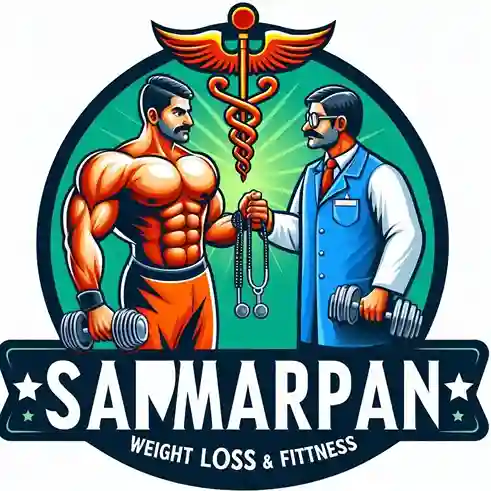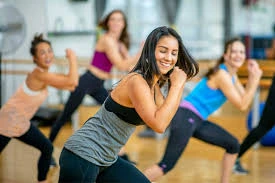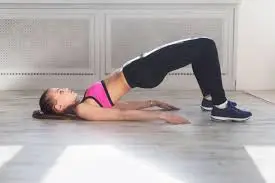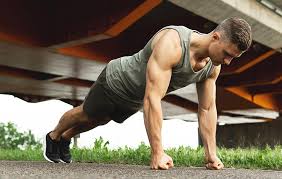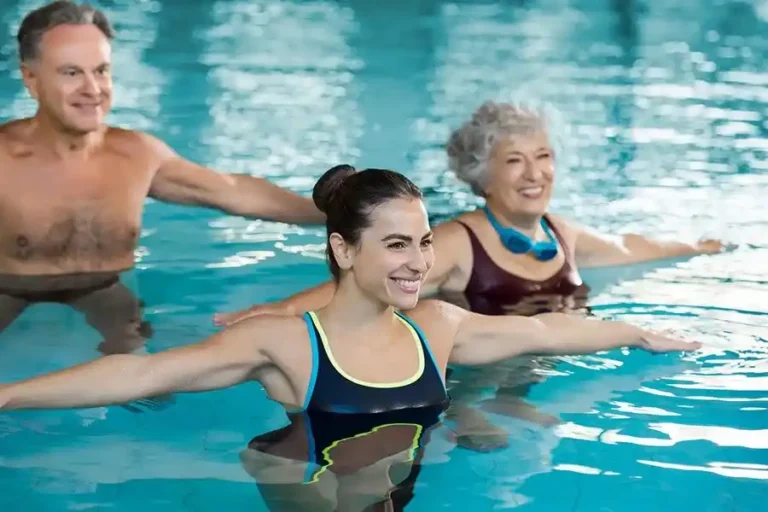Uttanasana (Standing Forward Bend)
What is Uttanasana (Standing Forward Bend)?
Uttanasana, derived from the Sanskrit words “Ut” (intense) and “Tan” (to stretch), is a foundational yoga pose that offers both physical and mental benefits. Known as the Standing Forward Bend in English, it involves folding the upper body forward from the hips, allowing the head to hang freely toward the ground.
The standing forward bend known as uttanasana is thought to be highly beneficial for calming the nervous system and lowering stress.
Its name comes from the Sanskrit words asana, which means “posture,” and button, which means “intense stretch.”
In the West, uttanasana is called “standing forward bend.”
Which muscles are used in Uttanasana?
- Hamstrings
- Calves
- Spinal erectors
- Quadriceps
- Core muscles
- Ankles and feet muscles
- Hip flexors
Physical and Mental Benefits of Uttanasana
Among the many advantages of Uttanasana are:
Improved Flexibility
The spine, hamstrings, calves, and complete body are stretched and lengthened in uttanasana. Frequent practice lowers the chance of injury and promotes improved posture by progressively increasing flexibility in these areas.
Stress Relief
Uttanasana, which involves bending forward, calms the nervous system and encourages relaxation. This mild inversion promotes mental clarity, reduces tension, and calms the mind.
Enhanced Blood Circulation
Uttanasana promotes blood flow to the brain by placing the head beneath the heart. In addition to feeding the nervous system, this improved circulation may lessen headache and migraine symptoms.
Strengthened Muscles
The lower back, abdominal, and leg muscles are worked and strengthened in uttanasana. In addition to strengthening the core, this makes the body more balanced and sturdy.
Digestive Benefits
By compressing the abdominal organs, the forward bend encourages a healthy metabolism and aids in digestion. For people with stomach problems, it might be helpful.
Therapeutic for Anxiety and Mild Depression
Uttanasana’s relaxing qualities have a mental health benefit. By promoting calmness and contemplation, it may lessen the symptoms of mild sadness and anxiety.
How do you perform Uttanasana (Step by step)?
- Begin in the mountain posture or tadasana.
- Lift your arms and take a breath.
- As you exhale, pull the belly in and up deep into the pelvic floor, engage your thighs, and bend forward with a hip hinge.
- Hold onto the backs of your ankles or calves, or lay your hands or fingers on the ground in front of or close to your feet.
- Keep your hips over your heels as you press them into the floor. Your inner thighs should be somewhat rolled in at the top.
- Let your head hang and keep your neck loose.
- As you breathe in, lengthen your spine. As you breathe, ease yourself farther into the posture.
Uttanasana (Standing Forward Bend) Video:
What are the Beginners’ Tips for Uttanasana?
- Bend your knees to maintain a long spine.
- You can stretch your sitting bones and increase your folding space by internally rotating your thighs.
What are the Modifications for Uttanasana?
If you have hyperextended knees, spondylitis, or back issues, you should be cautious while incorporating uttanasana into your yoga practice. Before performing Uttanasana in this situation, you might wish to consult your healthcare provider.
By hyperextending your knees, you can alter the Uttanasana stance for people who are in pain.
Standing in a mountain posture, bending your knees, putting your hands on the floor in front of your feet, and stretching your arms aloft is another way to modify the Ardha Uttanasana stance. As you gaze ahead, let your core come into play.
Additionally, some positions will assist you get ready for Uttanasana.
These stances for preparation consist of, but are not restricted to:
- Extended hand to big toe fold
- Dolphin
- Downward facing dog
- Bound angle
- Halfway lift I
- Squat leg extended
What are the Variations for Uttanasana?
Similar to how the Uttanasana may be modified, you can also undertake variants to keep things fresh and target different body parts.
- Ardha Uttanasana
- Padahastasana
Ardha Uttanasana
How to do Ardha Uttanasana?
- Once more, face the wall and assume the Tadasana stance.
- Then, firmly press your feet against your yoga mat at all four corners.
- Spread your fingers wide and place your hands hip-high against the wall.
- Lower your torso while stepping back with your feet hip-width apart.
- You should keep lowering your torso until your back is flat.
- Make sure your ears and upper arms line up.
- Put pressure on all of your foot’s nooks and crannies.
- The backs of your knees should open up as you push the top of your shinbone down into the heel and guide your outer calf muscles backward.
- Lengthen your lower back by moving your inner and outer thighs as well as both sides of your pubic bones so that the top of your front leg presses against the thighbone.
- Press your thumb and index finger pile against the wall.
- You should now be able to feel your shoulder blades or scapula, moving toward your ischium bones and down your spine.
- Your lower sternum will elevate into the diaphragm, the front and rear of your body should become equal in length, and you will start to feel the bottom point of your scapula against your back ribcage.
- Take long, even breaths.
- When you’re ready to release this pose, raise your body straight, bend your knees, and direct your feet toward the wall.
- Return to the Tadasana position after letting your hands drop to your sides.
- Take a natural breath.

Padahastasana
How to do Padahastasana?
- Start by placing your feet three or four feet apart and standing upright.
- Breathe deeply and gently at first.
- Stretch your arms upwards and let your spine lengthen as you inhale.
- Maintain a straight back.
- Lower your hands below your shoulders to the ground.
- Take slow, deep breaths and release them.
- As you raise your thighs, relax and bend more.
- Place it between your hands, facing the floor.
- Let your thighs pull apart.
- If you can, spread your feet farther apart without losing your equilibrium.
- Deepen the bend and release the breath by pressing your hands firmly into the floor.
- Grab your big toes and bend them deeper if possible.
- Breathe deeply, then slowly elevate yourself by extending your arms in front of you.
- Draw your arms to your sides and exhale.

When to Avoid Performing Uttanasana:
- Glaucoma
- Recent surgeries
- Osteoporosis or scoliosis
- High blood pressure
- Low blood pressure
- degenerative spinal pathologies
- Neck and lower back injuries, such as disc and herniation
- Migraine
- Pregnancy
Conclusion
To give your body a profound sense of calm and space, try Uttanasana. It makes the practitioner self-aware while providing all the health benefits.
Every time it is practiced, the body goes through different sensations. As a result, both novice and experienced yogis should practice Uttanasna.
FAQs
What is Uttanasana good for?
The lower back, abdominal, and leg muscles are used and strengthened in uttanasana. In addition to strengthening the core, this makes the body more balanced and sturdy. By compressing the abdominal organs, the forward bend encourages a healthy metabolism and aids in digestion.
Is Uttanasana good for hair growth?
The Standing Forward Bend, also known as Uttanasana, increases blood flow to the scalp, which encourages hair development. Bowing forward boosts blood flow to the head, which supplies more oxygen and nutrients to the hair follicles, strengthening the roots and promoting growth.
Who should avoid Uttanasana?
Patients who have had cardiac surgery should refrain from doing these kinds of extreme inversions. Others: Women who are pregnant should refrain from this technique since it puts undue strain on their abdomens. Because of the balancing act and blood supply to the brain, this pose will also be challenging for senior individuals.
Who should not do Uttanasana?
Physical Strength and Condition: This flow consists of two poses: Ardha Uttanasana and Standing Forward Bend Pose. This flow should be avoided by people with high blood pressure, or they can perform it for shorter periods.
References:
- Felton, A. (2024, July 19). How To Do an Uttanasana Yoga Pose. WebMD. https://www.webmd.com/fitness-exercise/how-to-do-an-uttanasana-yoga-pose
- EkhartYoga. (2020g, November 6). Standing Forward Bend – Ekhart Yoga. Ekhart Yoga. https://www.ekhartyoga.com/resources/yoga-poses/standing-forward-bend
- Uttanasana (Intense Stretch Pose). (n.d.). MyYogaTeacher. https://myyogateacher.com/yoga-asana/uttanasana
- Team, T. A. (2023b, December 29). Uttanasana Yoga – Benefits, Steps & Types | Tata AIG. https://www.tataaig.com/knowledge-center/health-insurance/health-benefits-of-uttanasana
- JanviMangukiya, J. (2024e, October 21). Uttanasana (Standing Forward Bend) – Steps, Benefits, Variations. Mobile Physiotherapy Clinic. https://mobilephysiotherapyclinic.in/uttanasana-standing-forward-bend/
